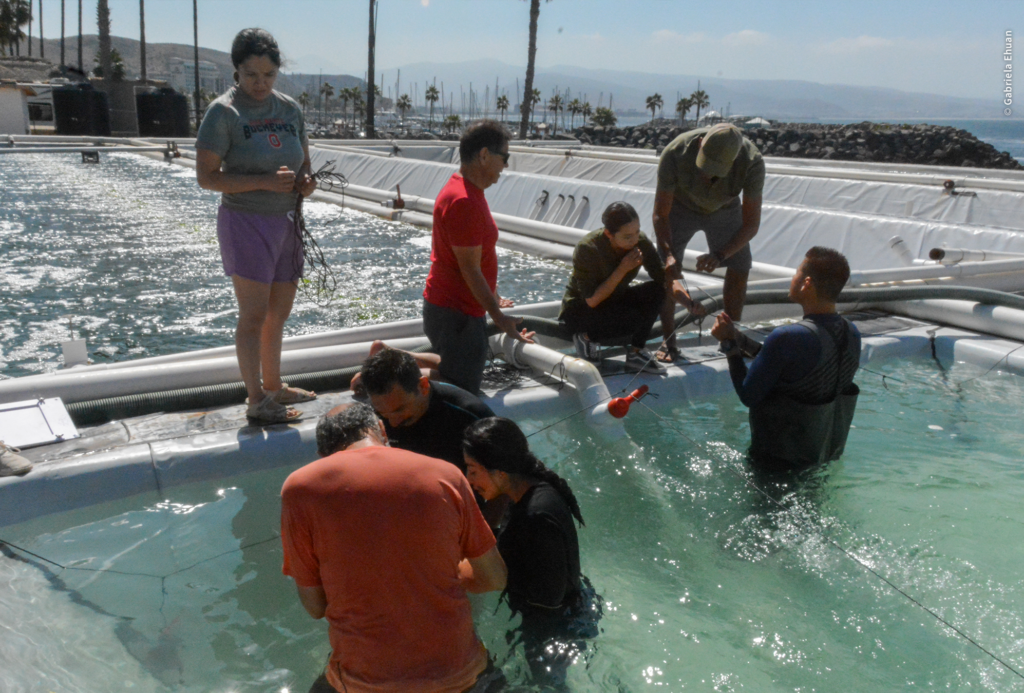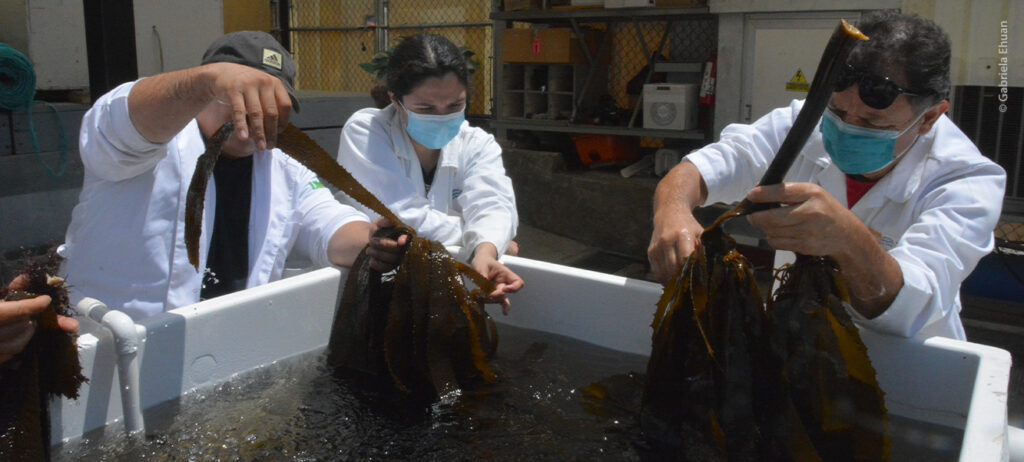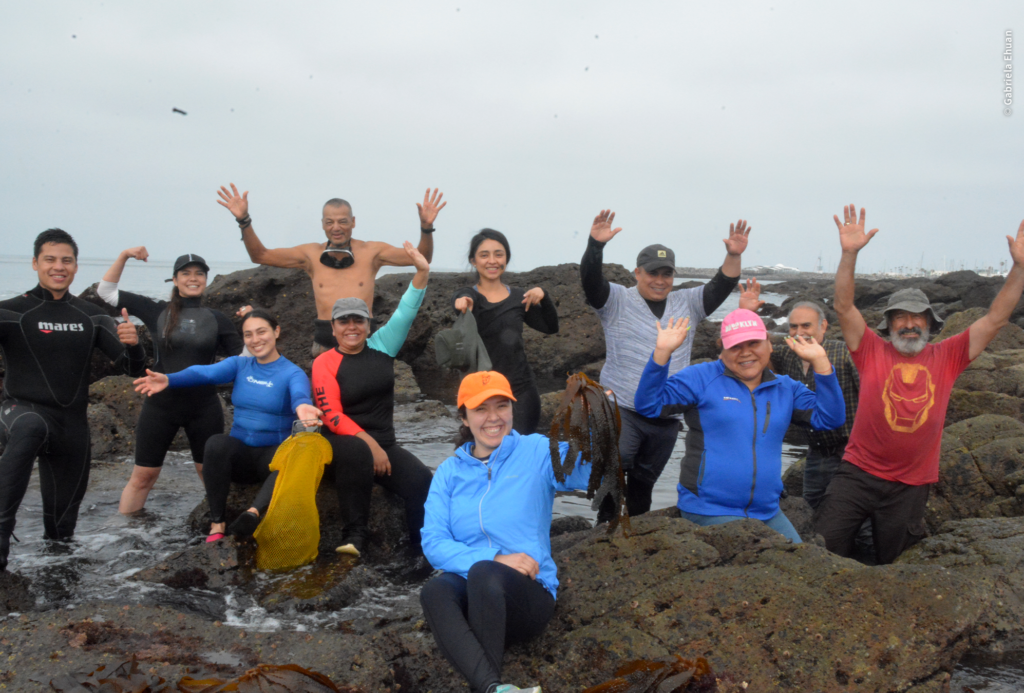A long and complex cycle is completed every time a family eats seafood. Marine resources provide nutrients to millions of consumers and represent an important source of income for hundreds of families. In northwestern Mexico, this makes fishing a mainstay of regional development.
For that reason, we must always ask ourselves: can we extract from the sea as much as we want, as long as we can? The answer is no. Marine species are highly vulnerable to factors such as overexploitation and habitat reduction.
Hence the importance of Fishery Improvement Projects (FIPs) that promote the sustainability of each fishery in a given country or region. One of the strengths of FIPs is that they are based on the international standard established by the Marine Stewardship Council (MSC).

A particular case in Baja, California is the red urchin (Mesocentrotus franciscanus) FIP. We are working to improve practices and achieve a sustainable fishery for this echinoderm species inhabiting the Pacific coast’s rocky bottoms from Alaska to Cedros Island.
This animal is unmistakable because of its balloon-shaped body covered entirely with spikes. It can measure up to 19 cm in diameter at the carapace. Due to its popularity in the gastronomic industry, since the 1970s, it has been a product in great demand, especially in the Japanese, Chinese, and American markets.
Since 2019, we have promoted the FIP of the Red Hedgehog through the development of diagnostics and various studies. These have been used by government entities to promote sustainable fisheries.
Due to the dynamism of the fishing activity itself, the FIP needs to be known by all those involved in the red urchin fishery, such as marketing companies, researchers, the federal and state government, the communities themselves, and a total of 14 fishing organizations that exist in Baja California.
One of the factors related to the growth of healthy red urchin populations is the recovery of brown macroalgae forests. This generated the need for training for members of the fishing sector. At the producers’ request, a Brown Seaweed Cultivation Workshop was held in collaboration with the Oceanological Research Institute (IIO) of the Autonomous University of Baja California (UABC).

This workshop was held from July 14 to 18, 2022, with the participation of 13 people in face-to-face mode. Among the attendees were strategic profiles to address the problem in question, with producers, fishermen, and officials from the National Fisheries Institute (INAPESCA) and the Ministry of Fisheries and Aquaculture (SEPESCA) in Baja California.
The workshop’s objective was to offer tools to guide the implementation of macroalgae recovery activities as part of an integrated strategy to strengthen red urchin populations.
The researchers offered reels with macroalgae seedlings for trial planting in the producers’ fishing grounds. The planting of these reels will allow a better characterization of the environments of the coast of Baja California.
We invite you to collaborate in the Red Sea Urchin Fishery Improvement Project (FIP). To learn more about this sustainable fishery, click here:
https://fisheryprogress.org/fip-profile/mexico-baja-california-red-sea-urchin-diver-caught













